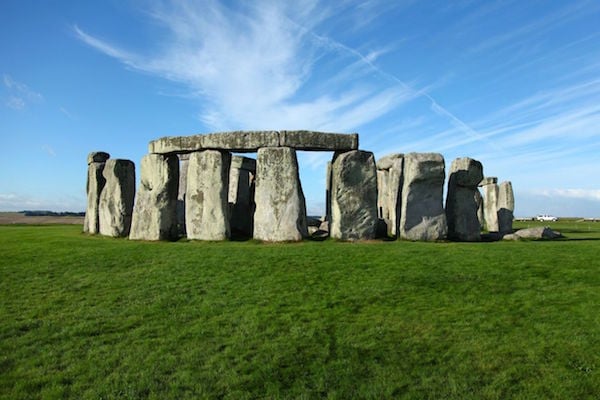
The strange stone formations at Stonehenge have baffled experts for years. The purpose and the significance of the site continues to elude archaeologists to this day.
Earlier this year, a new theory emerged suggesting that the megaliths might not have been used to host rituals at ground level, but rather to support a raised circular wooden platform upon which ceremonies were held.
Now, researchers hope that a 4,000-year-old Bronze Age skeleton of a teenager recently unearthed only 15 miles from the mysterious stones, in the Vale of Pewsey, can reveal some information on the lives of the early inhabitants of the British Isles.
Archaeologists had been excavating the site at Marden henge for six weeks when they stumbled upon the 1.50m (4 foot 9) tall skeleton.
Experts hope the discovery can shed some light on the mysterious stone formations.
Photo: via The Daily Mail.
“The skeleton is a wonderful discovery which will help tell us what life was like for those who lived under the shadow of Stonehenge,” one of the experts involved in the dig, Dr Jim Leary, told the Daily Mail.
“Scientific analysis will provide information on the gender of the child, diet, pathologies and date of burial. It may also shed light on where this young individual had lived.”
Duncan Wilson, chief executive of Historic England, estimated that the ancient burial site in the Vale of Pewsey was ten times the size of Stonehenge.
Archaeologists found the remains at an ancient burial site.
Photo: via The Daily Mail.
The discovery is the one of major archaeological coups this month, following the discovery by a team of Russian archaeologists of a mysterious axe-wielding 12 century warrior child in Siberia, and the discovery of a rare Alexander the Great mosaic in an ancient synagogue in Israel.